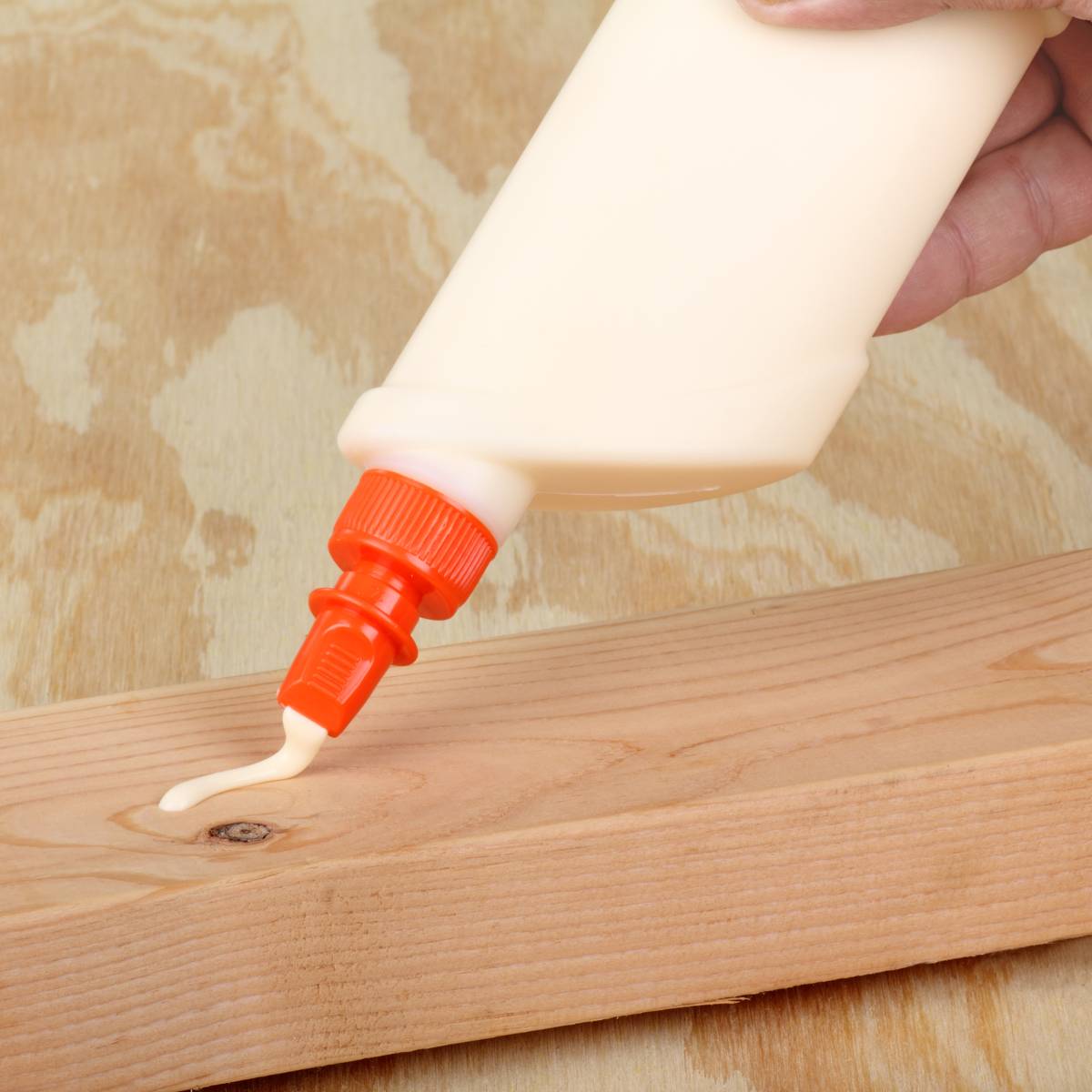Gluing Plexiglass To Wood: Quick & Easy Tips
When it comes to woodworking projects that require the use of plexiglass, gluing the two materials together can be a crucial step in achieving a sturdy and long-lasting bond. Properly gluing plexiglass to wood requires following specific steps and using the right adhesive to ensure the final product is both beautiful and functional.
This article provides technical and detailed tips on how to successfully glue plexiglass to wood, regardless of one’s woodworking experience. The first step in gluing plexiglass to wood is to properly prepare the surfaces. This involves ensuring that both the wood and plexiglass are clean and free from any debris or residue that may affect the adhesive’s ability to bond the two materials together. Additionally, selecting the right adhesive is crucial, as not all adhesives are suitable for bonding plexiglass to wood.
By following these technical and precise tips, readers will learn how to successfully glue plexiglass to wood and create unique and beautiful woodworking projects.
Preparing the Wood
The process of preparing the wood for gluing plexiglass involves selecting appropriate wood options such as poplar or pine, as well as taking measures to dry the wood without causing cracks.
Poplar and pine are popular wood options for woodworking due to their low cost, availability, and ease of use. They are also compatible with most adhesives, making them suitable for gluing plexiglass to wood.
Drying techniques for wood include air-drying and kiln-drying. Air-drying involves stacking the wood in a well-ventilated area and allowing it to dry naturally. Kiln-drying, on the other hand, involves using a kiln to speed up the drying process.
Both methods have their pros and cons, and it’s important to choose the appropriate method depending on the type of wood and the desired outcome. Proper drying techniques are essential to prevent the wood from cracking or warping, which can affect the final product’s quality.
Glue Options and Application
Applying an appropriate amount of adhesive and ensuring the flush alignment of the plexiglass and wood components are crucial steps in successfully bonding them together.
Hot Glue
One option for adhesive is hot glue, which is quick and easy to apply. However, it may not provide the strongest bond and can become brittle over time.
CA Glue
An alternative is CA glue, which forms a strong bond and dries quickly. Epoxy glue is also a popular choice, providing a strong and durable bond, but it requires more time to dry.
When applying adhesive, it is important to avoid using too much, as it can cause the plexiglass to warp or create messy residue.
It is recommended to use a screwdriver to tighten screws, ensuring they are not overtightened to prevent cracking the plexiglass.
Clamping the plexiglass to the wood is another option, which can be less invasive than drilling or gluing.
Additionally, when preparing the wood, it is important to dry it properly to avoid cracks.
Poplar and pine wood are popular options for woodworking, and tips for drying without cracking include sealing the wood and using a humidifier or dehumidifier to regulate moisture levels.
Alternative Methods and Tools
Alternative methods and tools can be used to attach plexiglass to wood, besides drilling or gluing. One option is to create a groove in the wooden frame to hold the plexiglass. This can be done using a saw blade to create a groove of the appropriate width and depth. The plexiglass can then be inserted into the groove and held securely in place without the need for screws or adhesives.
Another option is to use metal fittings to clamp the plexiglass in place. These fittings can be attached to the wooden frame using screws or bolts and can be adjusted to apply the necessary pressure to hold the plexiglass securely in place. When using clamping techniques to attach plexiglass to wood, it is important to ensure that the plexiglass and wood parts are flush and that the pressure is evenly distributed.
It is also important to avoid overtightening the screws or bolts as this can cause the plexiglass to crack or break. Additionally, it is important to choose fittings that are appropriate for the size and thickness of the plexiglass and wood being used.
By using alternative methods and tools such as clamping techniques and metal fittings, it is possible to attach plexiglass to wood in a secure and durable manner without the need for drilling or gluing.

